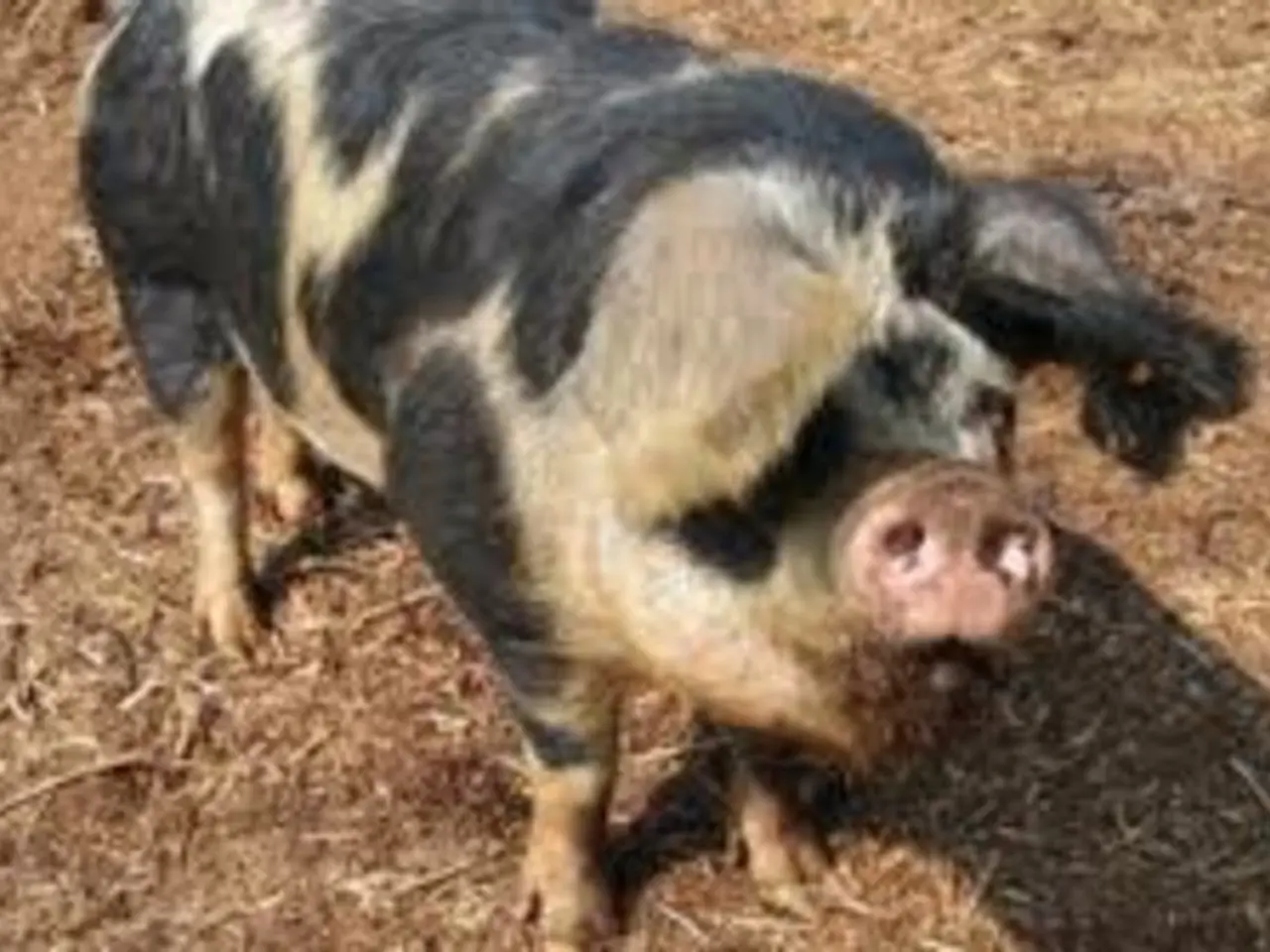Odorous emissions from a local slaughterhouse are causing distress among residents in Gütersloh
In the small town of Dissen, Lower Saxony, residents continue to express concerns over the persistent odour emanating from the local slaughter waste factory, Sarval Fischermanns, despite repair measures that were initiated following an incident in July.
The trade inspection office in Osnabrück has confirmed that the odours from the factory are not an isolated incident. After the incident, the trade inspection office ordered a repair of the plant, and the measures are currently being implemented. However, the smell persists, causing discomfort for nearby residents.
Matthias Bartsch, a member of the online initiative "Stinkalarm," finds the smell unbearable and has to keep his windows closed, even at night. Darius Preiß, a spokesperson for the initiative, states that it's a shame that renovation measures have not led to the complete resolution of the odour problem.
The odour is described as a heavy, foul smell of rotting meat. This heating process at the factory kills bacteria and germs, creating a mass of proteins and fats that are further processed into animal feed or industrial fats.
Several possible factors could be contributing to the persistence of the smell. These include inadequate or incomplete repairs, ongoing operational issues, environmental factors, accumulated waste, and community sensitivity.
Residents in nearby settlements have complained about persistent odours from the factory for years. Two years ago, the responsible trade inspection office in Osnabrück ordered repair measures, but members of the initiative complain that little has changed.
Spokespeople for the initiative "Stinkalarm" praise the actions of the authority but feel insufficiently informed by the company and the trade inspection. They call for transparency and regular updates on the progress of the repair measures and the steps being taken to address the odour issue.
The audio clip titled "Slaughterhouse odor bothers residents: 'It smells like decay'" is available until August 8, 2026, and provides further insights into the residents' experiences with the odour. The clip does not pertain to the current situation at the slaughter waste factory in question.
As the investigation continues, it is hoped that a precise explanation for the persistence of the odour will be provided by local investigations or official reports from environmental or regulatory authorities. In the meantime, residents affected by the odour remain hopeful for a swift resolution to the issue.
The ongoing odour issue at Sarval Fischermanns, according to Matthias Bartsch and Darius Preiß of the "Stinkalarm" initiative, is a matter of concern in the field of environmental science and public health. Financial implications may also be significant if the plant is found to be in violation of environmental regulations. Theodor Müller, a local scientist, suggested that the persistence of the smell could be an interesting case study for scientific research, shedding light on industrial waste management and its impact on communities.




